Once the residence for the British Resident General and now a popular tourist landmark in the Lucknow city, is The Residency. Also touted as the Residency Complex and British Residency, it is basically a group of buildings in one enclosure. Overlooking the River Gomti, this historical site in Lucknow is engirdled by gorgeous gardens and lawns. On a whole, the Residency is an architectural marvel in the city of Lucknow. One of the most interesting things to know about the Residency is that it has been a significant part of the Seige of Lucknow (1857); the ruins of which can still be seen at the site. The front gate of the complex was referred to as the Baillie guard gate. The name of this gateway was kept after Col. John, the first resident of the British Residency. However, in the initial days of this complex, there was a practice of Guard of Honour that was started by the Nawab of that time. Besides the gate, there lie the ruins of The Treasury. Though this part was used to serve as a warehouse of wretched cartridges during the war of 1857, yet, it is one of the main features of this popular tourist attraction in Lucknow.On one of the walls of the complex, a marble plaque is inscribed that honours the troops that fought with bravery. This memorial is believed to be built later unlike the other parts of the building, since it is intact. The Residency complex houses graves of around 2000 soldiers that sacrificed their lives during the war of 1857.
At present, this famous heritage attraction in Lucknow is serving as a government office. It also includes a museum along with the tomb of Saadat Ali Khan - the first Nawab of Awadh. Within the complex, Kaisarbagh Palace and an observatory are two more key features. Apart from this, the building complex also includes a mosque, Imambara, a brigade mess, Ommaney’s house, judicial post, Anderson’s post and Sago’s house.
History
The construction of the Residency was started in the late 1700s by Nawab Asaf-ud-Daulah, however, it was completed by Nawab Saadat Ali Khan. After a few years of the construction, it became British personnels’ hub. In the initial years, they were just the delegates of the East India Company. However, as the reign of British East India expanded, the city of Lucknow became their administrative centre, and as an effect of that, the Residency also came under the British commissioner of Awadh. The biggest event that this place has been a part of, is the first war of Independence which held in the year 1857. One of the main centres of this entire siege was Lucknow and the main target was The Residency. Cannons and bullets destroyed the major part of this place and even today, the traces of that revolt can still be seen at The Residency.
Entry Fee
The entry fee to The Residency varies for both Indian and foreign tourists.
- For Indians: The entry fee is 5 INR per head
- For Foreigners: The entry fee is 100 INR per head

Architecture
The Residency is a set of buildings that are enclosed in a large compound. It includes armoury, quarters, stables, worship places, residential quarters, dispensaries and so on. However, one of the key features of this must-visit place in Lucknow is the Banquet Hall that was also built by the Nawab. The hall boasts the intricate carvings of tall arches along with high ceilings and large hallways. At the back, there is open space which was used as the kitchen in that era. Coming on to the entrance of the Residency, there is a beautiful fountain in the centre that perfectly complements the beauty of the place. Nearby the banquet hall, there is located the house of Dr Frayer that also served as the hideout for the British families during the revolt of 1857. The house has a basement which is said to be used as a hiding place for the children and women. However, during the war, the house was often used as the hospital. Above all that, the main building is the must-see thing at the Residency. It was once the imposing three-storey building that used to have a library, games room and offices. Besides, at the front of the main building, there is located a large memorial cross which was built for MG Sir John Inglis along with his wife Julia. He died in the siege of Lucknow.
Location Address
Mahatma Gandhi Marg, Deep Manak Nagar, Qaiserbagh, Lucknow, Uttar Pradesh 226001, India.
Visiting Timings
The Residency remains open all days a week. One can visit the place on any day from 7 in the morning to 6 in the evening.



























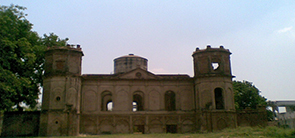

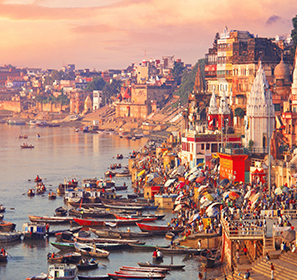
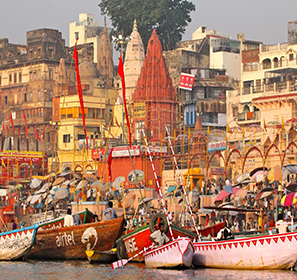
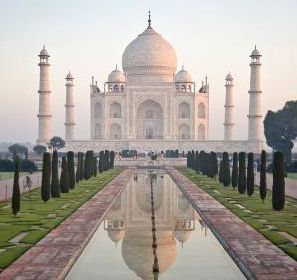
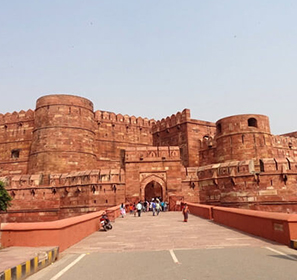
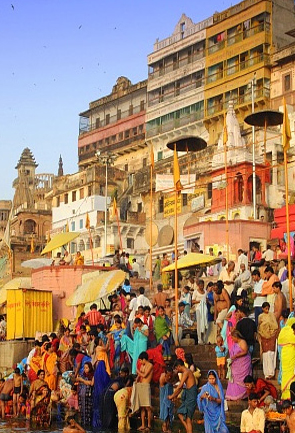



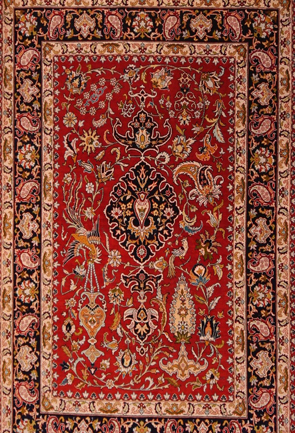
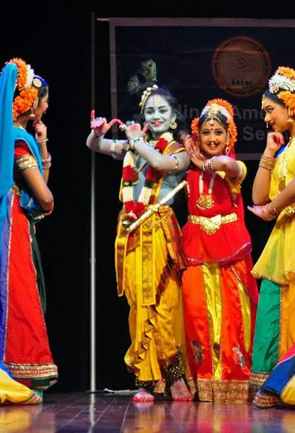
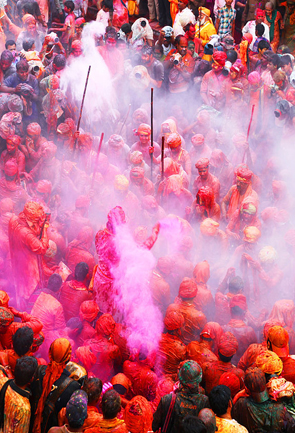


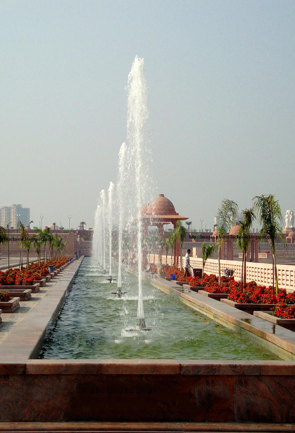

 Plan Trip
Plan Trip Call Us
Call Us Packages
Packages Home
Home